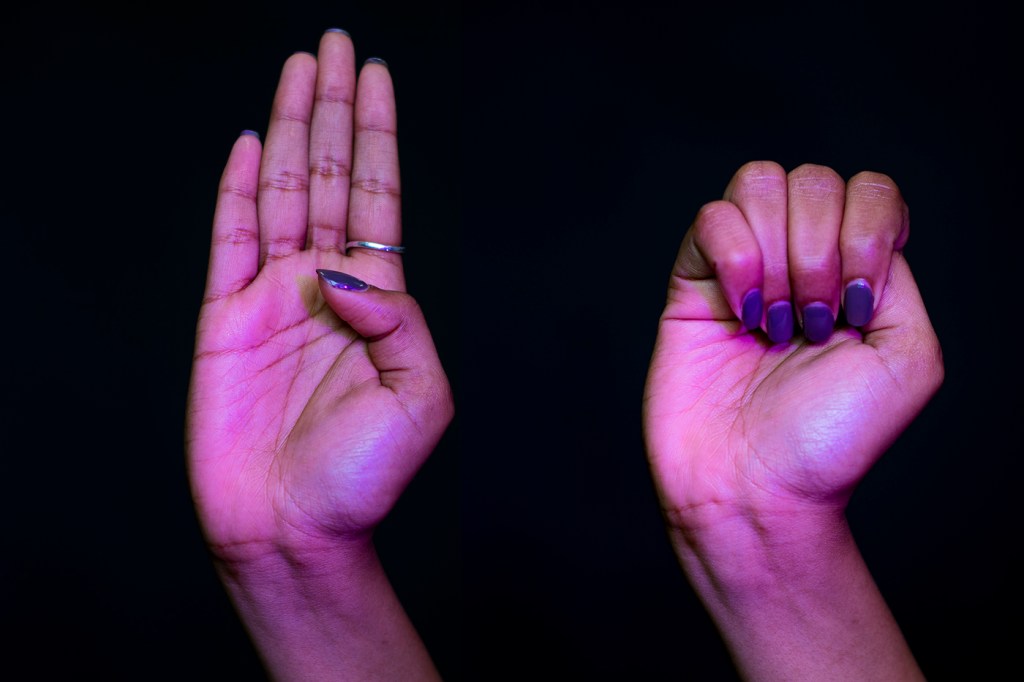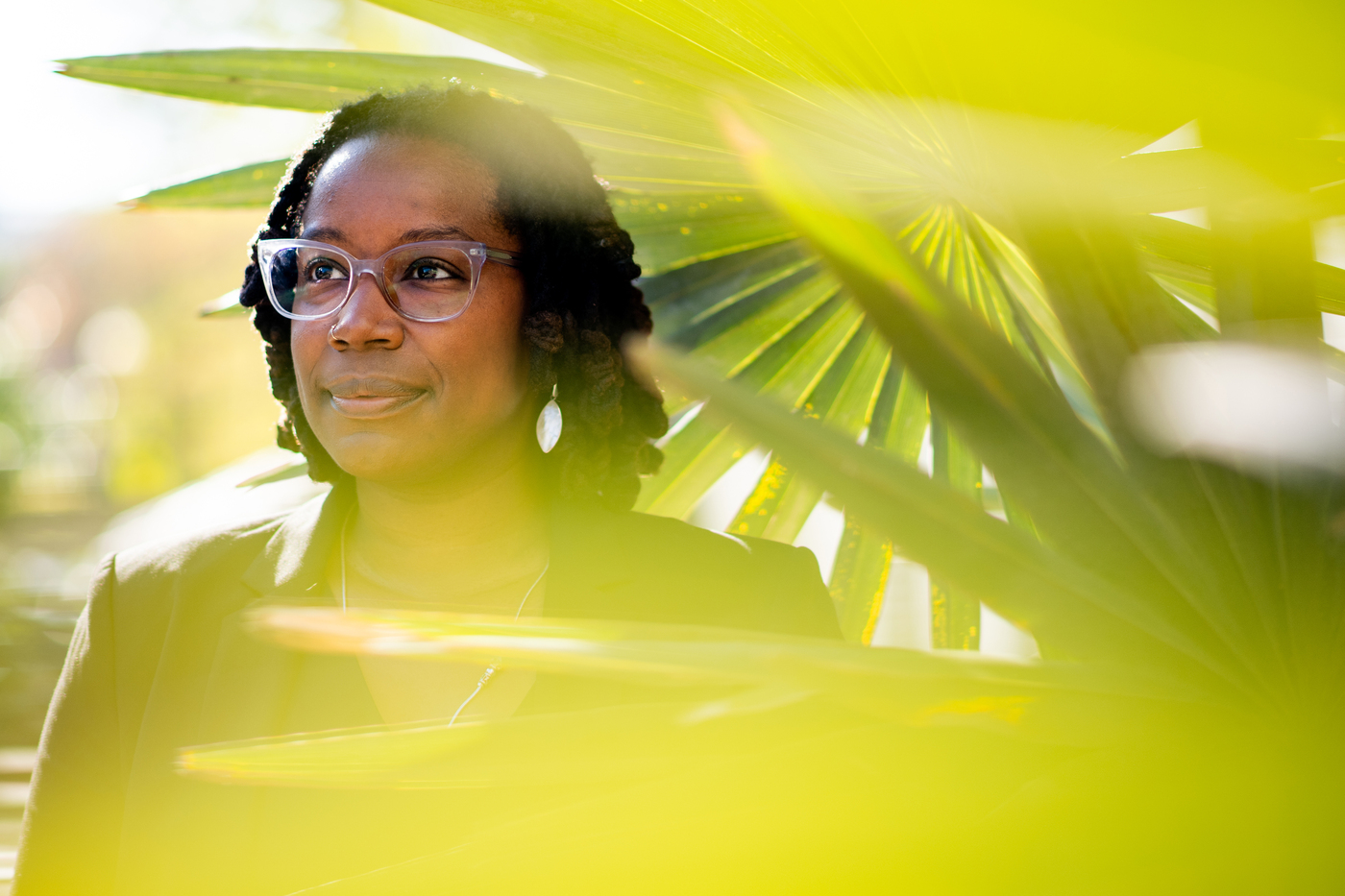Missing Teen Rescued After Using Distress Hand Signal from Tiktok

A hand signal popularized on TikTok that serves as a silent distress call for abuse survivors was key to the rescue of a missing 16-year-old girl Nov. 4. The real-life response from a concerned motorist who saw and recognized the signal—indicated by tucking your thumb into your palm and closing your fingers over it—represents a social media success in the fight against abuse, says Morgan Wilson, the interim director of the Domestic Violence Institute at Northeastern.

Morgan Wilson, Interim Director of the Domestic Violence Institute. Photo by Matthew Modoono/Northeastern University
A motorist spotted the teen—a passenger in another car driving south on Kentucky’s I-75 highway—making the hand signal and called 911. Police pulled the car over and discovered the Asheville, North Carolina teen had been declared missing days earlier. Police charged the driver, 61-year-old James Brick, with unlawful imprisonment.
Survivors attempting to escape their abusers are often cautioned about the dangers of tracking technology and social media sites, which can potentially be used by an abuser to find them. Wilson says technology now offers several ways for those experiencing domestic violence and their advocates to use platforms like TikTok to increase awareness and send—or get—help.
Where did this hand signal come from?
The signal was developed during the height of COVID-19 to alert folks who might otherwise not know that someone was experiencing domestic abuse. Survivors were stuck at home with their abusers, so the places that they would first turn to for help were closed and not seeing people in person.
Doctors’ offices, health clinics, schools, and courts were all closed or significantly reducing access. People didn’t have a place to go where they could be separated from their abuser and let someone know that they were experiencing harm. A silent hand signal, either in person or over a video link, lets someone know that abuse is occurring in a way that an abuser can’t overhear.
Are you surprised to see videos about the hand signal going viral?
I’m not really surprised that this has been picked up on TikTok. Young people are using social media in ways that are creative and dynamic, and that have wide-reaching results. The fact that this very quick hand signal is gaining traction on TikTok is a good thing. We have a lot of young people who are using TikTok, we know that there are a number of teens who experience dating violence and domestic violence, and so having a medium through which they can access this information in a short, digestible way that’s also shareable is really important. I’m really grateful to TikTok creators and people who are passing this information on.
Can you say more about the real-world application of this hand signal?
I think this is a prime example of how technology typically gets a bad rap in the context of domestic and sexual violence, but it really has some beautiful ramifications for people who are experiencing abuse. I’m a proponent of tech and tech safety and tools through social media, where there are things like disappearing messages on Instagram and Snapchat that you can utilize if you’re looking to get some information out to someone quickly, but don’t want there to be a trail for an abusive party to monitor.
What are some other ways social media can be helpful for abuse survivors?
I think something that we see a lot of kids using are the invisible messages or disappearing messages. In the context of domestic violence and sexual assault, if there’s a concern that an abusive party is tech savvy this becomes another way for folks to ask for help. I think the other thing that we see a lot of is people perhaps sharing information around domestic violence and sexual assault. Maybe they’re not saying it’s for themselves, but they might just be retweeting or re-sharing something and their friends are like, “Oh, I’ve noticed that you’ve been sharing a lot of these things pretty frequently. Is something going on?” Those things might prompt someone to ask a question.
For media inquiries, please contact media@northeastern.edu.





